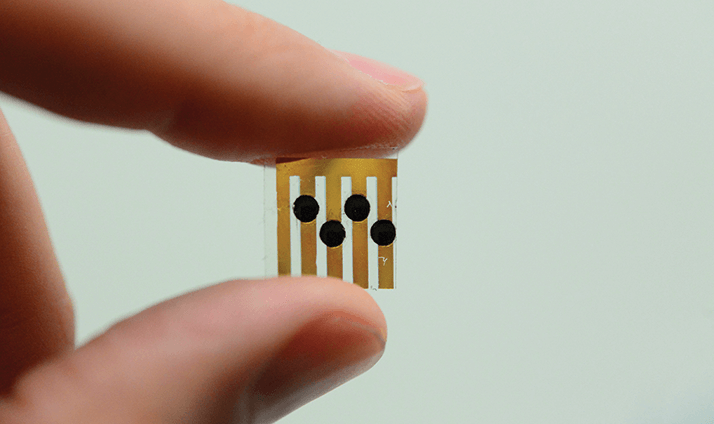Looking to better spot meat spoilage, a group at the Massachusetts Institute of Technology have developed a chemiresistive sensor that measures the biogenic amines emitted by decaying meat to identify whether the food is still good to eat (1). The aim isn’t just to avoid bad meat; trashing perfectly safe meat seems overly wasteful.

Lead researcher, Timothy Swager, John D. MacArthur Professor of Chemistry at MIT, explains, “Avoiding food waste is becoming a major social and political issue. Who can feel good about wasting food when there are starving or malnourished people in the world? I have been developing different types of chemical sensors for 30 years and the simplest sensors based on chemiresistors are now coming of age in terms of technology maturity and synergistic meshing with other technologies (“the Internet of Things”). Food quality and safety are really a high calling and I felt that this was a worthy target for our technology.” Back in 2012, Swager’s group developed a sensor that could measure the ripeness of fruit by detecting ethylene, which promotes the process. For spoiled meat, the sensor – based on chemically modified carbon nanotubes – measures biogenic amines, which are produced by growing microbes and toxic to humans. “We have considerable sensitivity and should be able to detect early stages of spoilage. Sometimes meat is sold and is already compromised because of poor conditions in the packaging plants. We should be able to detect ultra-trace levels that can head these things off early, as well as later stages wherein the meat is still safe but is beginning to be compromised,” says Swager. So far, the sensor has been tested successfully with chicken, beef, cod and salmon. Swagger expects to see differences between them, but at the moment the work is in the early stages. Chicken degraded faster than beef, and cod degraded faster than salmon, but when refrigerated all four stayed fresh over four days. Many people, however, may throw the meat out after only a few days. Other methods already exist for detecting off meat, but Swager says that his sensor has a big advantage: “Though our sensor isn’t as accurate as some analytical techniques, it’s inexpensive and can be integrated into packaging with appropriate encapsulation to avoid any contact or interaction with the food. Eventually, we expect sensors to be printed on the package,” says Swager.
References
- S. F. Liu et al., “Single-Walled Carbon Nanotube/Metalloporphyrin Composites for the Chemiresistive Detection of Amines and Meat Spoilage.” Angewandte Chemie International Edition (April 13, 2015).




